Great food, top-notch service, a pleasant ambiance—if your restaurant can offer all these things, hopefully you’ll have given your customers plenty of reasons to come back. But that doesn’t mean you can take it for granted that they will. In order to turn your patrons into repeat customers, it may be worthwhile to make an extra effort to earn their loyalty.
One way to do this could be to offer a loyalty program. These programs can be great tools for rewarding customers for their repeat business, potentially enticing them to come back for more.
So, what are restaurant loyalty programs, and could running one be right for your business? Let’s take a look.
What Are Restaurant Loyalty Programs?
Restaurant loyalty programs, sometimes also known as restaurant rewards programs, can give restaurants the opportunity to reward loyal customers with some kind of special benefit. Benefits could include free drinks or appetizers, discounted meals, free delivery, priority reservations, access to special events, or any number of other perks.
The structure and complexity of these programs can vary, ranging from the old-fashioned punch card that rewards customers after visiting a certain number of times, to more comprehensive modern tech-enabled systems that can allow you to capture all sorts of customer data to deliver a more personalized experience.
No matter the type of program, though, the purpose is the same—giving your customers a reason to come back by offering them some tangible benefit.
Customers recognize the value of these programs, and research indicates that they’re actively looking out for them, with 51 percent already participating in a loyalty program and 86 percent expressing interest in joining one if it offers them savings. So instituting a program can be a great way to give people what they want—a good value and a sense of belonging—while also increasing the likelihood they’ll keep giving you their business.
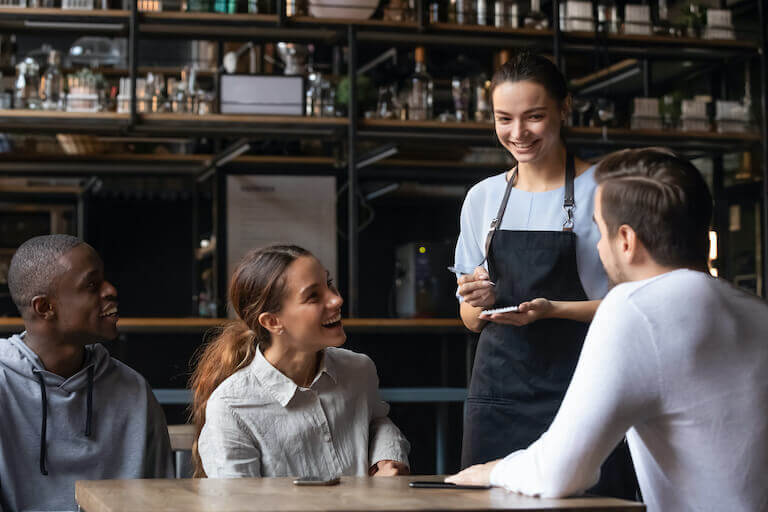
A loyalty program can be a great way to show your repeat customers that you value their business.
While loyalty programs can be beneficial for restaurants, the benefit isn’t automatic; what works for one restaurant may not work the same for yours. Consider the specific needs of your business when deciding which type of program to implement, or whether you should implement one at all.
To understand what a loyalty program could look like for your restaurant, let’s take a look at some of their potential benefits—and drawbacks.
Benefits of Implementing a Loyalty Program
Loyalty programs have the potential to deliver a variety of important benefits for your restaurant.
Customer Retention Can Drive Profits
The main advantage of a loyalty program may be its most obvious one—it can help your restaurant retain customers. On both an emotional and financial level, these programs give customers a reason to keep coming back, which can be great for your bottom line. McKinsey research has found that high-quality programs can boost revenue from program members by up to 25 percent, both by increasing the frequency of their visits and the amount they spend.
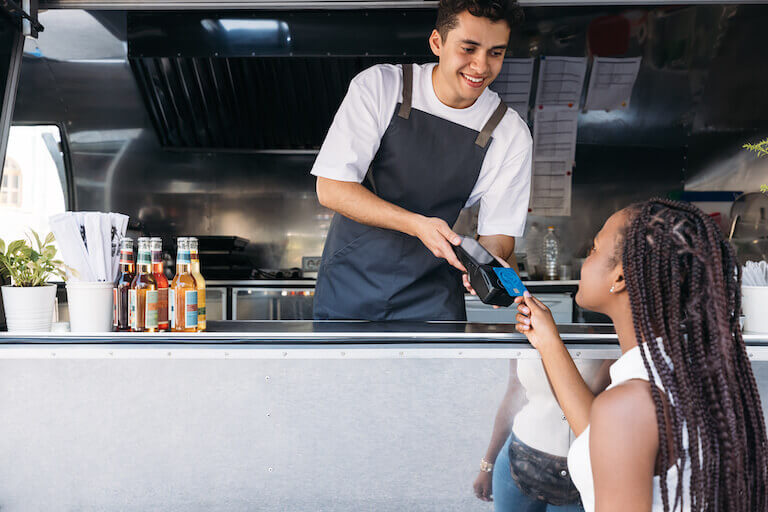
Repeat customers may be more likely to spend more than new customers.
Access to Customer-Level Data
While your sales figures can give you insight into your customers’ tastes, that information can only reveal so much. If you run a rewards program that captures more data about your customers, you give yourself the opportunity to make much more informed decisions and tailor your restaurant’s offering to your customers’ needs and preferences. This could lead you to change up your menu, rethink your marketing campaigns, offer promotions or discounts targeted at specific customer types, and more.
Increasing Brand Recognition
Loyalty programs can be a powerful tool for increasing brand recognition, both through outreach to program participants and via your overall marketing strategy. By offering value through your loyalty program when reaching out to customers via email or text message, you give them a compelling reason to engage with your content. Keeping your brand at the top of participants’ minds may not only increase the likelihood they’ll come back—it can lead them to become advocates for your business, pulling in new customers organically. Similarly, being able to advertise your loyalty program via conventional or social media can clearly demonstrate the value you offer, making viewers more likely to recognize and remember your name.
Potential Drawbacks and Challenges of a Loyalty Program
Along with those benefits, however, loyalty programs can potentially be accompanied by certain pitfalls, too.
Rewards for Customers, but Not for You
If you’re not careful, a loyalty program could wind up costing you. If your rewards are too costly, or you give them away too freely, the program may turn into a losing proposition even if it does help you retain customers. Conversely, if your rewards aren’t compelling enough to drive customer retention, you may be essentially giving product away for nothing. Plan your program carefully beforehand and continue to monitor its effect on your profitability to ensure it’s contributing to your business goals.
Implementation Can Be a Headache
While an informal, easy-to-implement program like a punch card system might be appropriate for a business like a coffee shop or food truck, operating a program at a full-service restaurant may involve a little more complexity. Your needs may be better met by a digital program that captures more customer data—but implementing such a program may be complicated. You may have to make a costly investment in a new POS system, app-based service, or other technological resource, which you would then have to train staff to use correctly. Take care to ensure that the complexity of the program you select is right for your business.
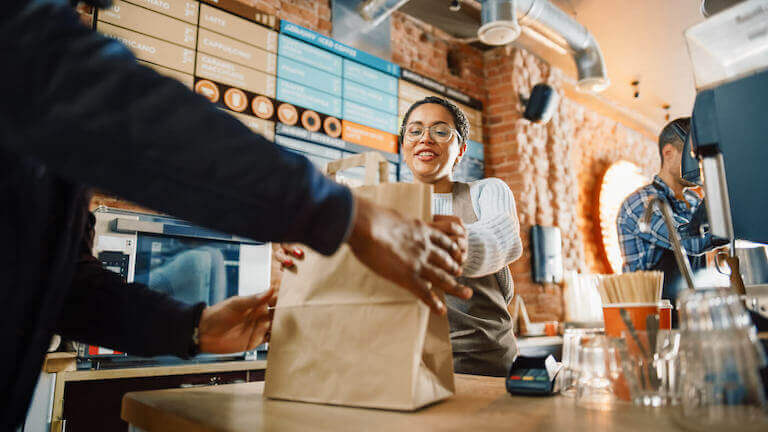
Consider the specific needs of your business to determine what type of program is right for you.
Differentiating Your Offering
With loyalty programs becoming more and more common, why should any given customer sign up for yours? If customers feel your offering is generic, they may not recognize the value in it or see any reason to sign up. Beyond that, you may even alienate some customers if they perceive your generic program as a transparent attempt to capture their business. When weighing loyalty programs, be conscious of your brand and the relationship you want to cultivate with customers, and consider how to implement a program that will reflect your values and give customers a compelling reason to choose you.
Key Considerations for a Successful Program
In light of these potential benefits and drawbacks, what are the key considerations a restaurateur may wish to focus on in order to give their loyalty program the greatest chance of success? A recent Deloitte survey that examined trends in brand loyalty may hold some valuable insights.
This survey, which gathered responses from more than 3,000 consumers, found that, while nearly 90 percent of restaurant loyalty program participants viewed a program’s transactional benefits—the points, coupons, discounts, and free items they can earn—as important, restaurants may be able to set themselves apart by focusing on experiential benefits as well. This focus can deepen the connection a consumer feels toward a brand, giving them a compelling reason to keep coming back that goes beyond the monetary benefits.

Focusing on giving loyalty members a great experience can help deepen their connection to your restaurant.
The survey identified three key areas where restaurants could potentially differentiate themselves from competitors in terms of the experience they offer members of their loyalty programs.
Exclusive Access
Giving members exclusive or early access to promotions can make people feel like they belong to an exclusive group; this sense of belonging can make members more likely to visit your restaurant consistently, in addition to becoming more enthusiastic advocates for your brand. For example, you could offer members early access to new menu offerings, or exclusive access to special events like parties or pop-up partnerships with notable chefs.
Priority Treatment
Offering members priority treatment can also be a compelling benefit that can keep people coming back to your restaurant. Priority service could mean different things to different types of restaurants: for example, if you run a full-service restaurant, you may give members priority access to the best tables or reservation times; if your restaurant does a lot of take-out or delivery business, you may allow members to skip pick-up lines or get free delivery. Offering priority treatment can be a highly tangible way to show your customers you value them.

Special events and other exclusive experiences can give loyalty program members a sense of belonging.
Personalization
Personalized treatment can create a delightful experience for customers and make them feel welcomed and cared for as an individual. This could include anything from offering special treatment on or around a member’s birthday or anniversary to remembering any allergies or dietary preferences, even simply recognizing and appreciating them for having visited your restaurant before. It’s typically necessary to use software to collect customer data in order to personalize your members’ experiences effectively—but the complexity can pay off by creating stronger customer relationships.
What Else Can You Do to Increase Customer Loyalty?
Running a restaurant rewards program isn’t the only way you can inspire loyalty in your customer base. Consider some of the following strategies for driving loyalty, which you can focus on independently or in combination with a rewards program as part of your overall effort to promote customer retention.
Run Regular Promotions
Even if you plan to start a loyalty program, don’t forget about more traditional promotions that allow the general public to participate—no sign-up required.
Seasonal discounts during slower times and holiday specials can give diners unique reasons to come back to your restaurant and help drive business throughout the year. Happy hours can also help draw in new business—and while customers may initially only be interested in discounted drinks and appetizers, once they’ve had a chance to try your food and experience the ambiance of your restaurant, they may well come back as regular customers.
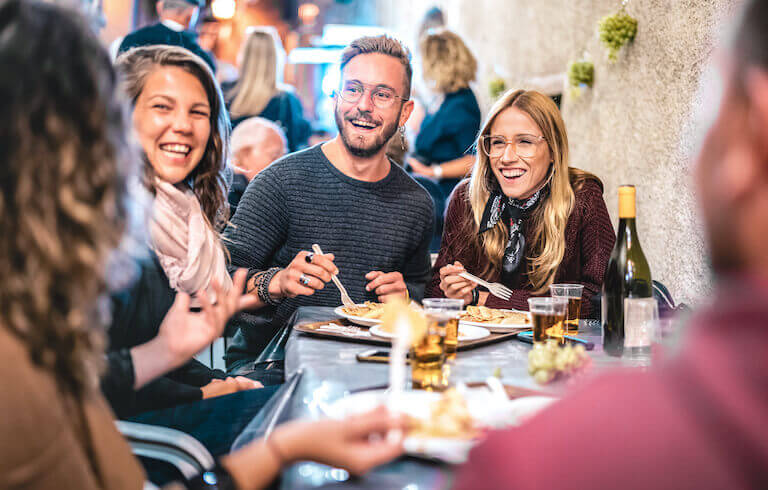
Happy hour discounts can help draw new customers to your restaurant.
Finally, depending on the nature of your business, you may want to explore the possibility of hosting live music or other entertainment offerings. This can add a whole new dimension to your restaurant and help you stand out from the competition.
Treat Your Staff Well
One way you may be able to promote customer loyalty is actually to promote staff loyalty. Treating your staff well can help you attract and retain more experienced, career-oriented employees who are more likely to give your customers a great experience. Happy staff may be more motivated to engage with customers, forming genuine bonds that can keep people coming back.
Solicit Customer Feedback
Soliciting customer feedback can be another great way to increase retention. Checking in with customers during service can help you catch and resolve potential issues in the moment; if you’re able to address a customer’s needs, you can turn what may have been a negative dining experience into a positive one that they’ll be excited to return for.
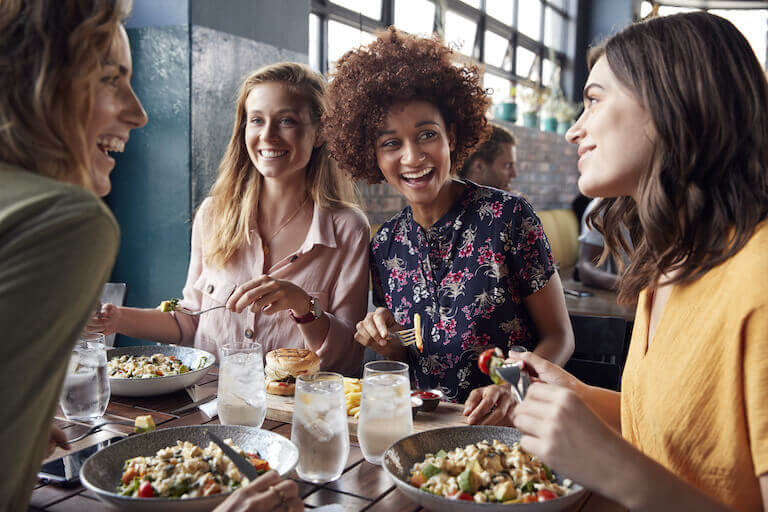
Your repeat customers know your restaurant well—their feedback could help you make valuable improvements!
Get Involved in the Community
Community involvement is not only a great way to use your resources to support causes you believe in, it can also help connect you with members of the community who share your values. This could include partnering with other local businesses or organizations, hosting or sponsoring events or charities, or engaging in other community-oriented activities.
Community engagement can put your restaurant out there in a way that transcends marketing; it can help communicate your values and give customers a reason to choose you that goes beyond the food you serve—which can lead to more durable relationships.
A Restaurant Management Education Could Boost Your Business
Restaurant management is a complex undertaking that involves balancing your vision as a restaurateur, the needs of your customers, and the practical realities of running a business. An education at Escoffier—either at our Austin or Boulder campuses, or via our online programs—can give students the opportunity to explore foundational restaurant management skills in the context of a broader culinary education. Programs include Food Entrepreneurship and Hospitality & Restaurant Operations Management, among others, that may give you an edge in an ever-evolving marketplace.
Financial aid, grants, and scholarships are available to those who apply and qualify, which can make it easier to achieve your management education goals!
INTERESTED IN READING MORE ABOUT RESTAURANT MANAGEMENT? CHECK OUT THESE ARTICLES NEXT!
- Restaurant Management 101: An Essential Guide
- What Makes a Restaurant Successful?
- 5 Skills Every Food Entrepreneur Should Have


